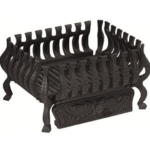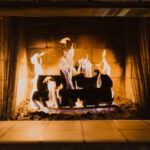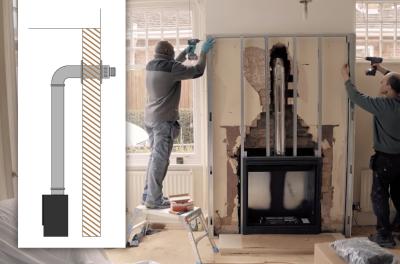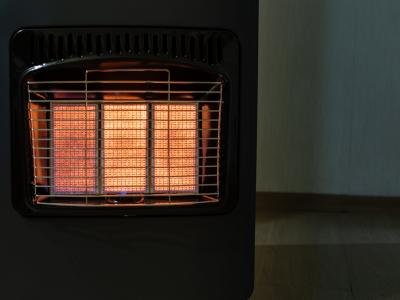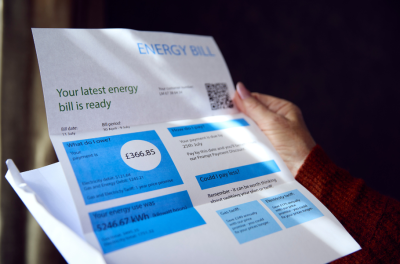We use cookies to improve your experience and our business. See our privacy/cookie policy or continue browsing to accept our use of cookies. View our cookie policy.
How to Improve the Efficiency and Heat Output of Your Open Fireplace
Nobody wants to be cold, to have to spend more than necessary on fuel bills or to have to mess around for a long time trying to light a fire. Well, you can avoid all of these things by improving the efficiency and heat output of your fireplace. Keep reading to find out how!
Use suitable wood
At the heart of your fire is the fuel. Get this wrong and your fire will be neither efficient, nor will it generate the heat it’s truly capable of.
So, before you do anything else, make sure you have a stock of suitable wood.
What is ‘suitable wood’ we hear you asking… Well, more than anything suitable wood is dry wood.
You see, if you burn wood that is green, wet, mouldy, or that has been painted or treated, you’ll either fail to light your fire altogether, or you’ll end up with a fire that burns poorly and gives off lots of smoke and particulates.
Dry wood on the other hand burns well, gives off minimal smoke and will provide plenty of heat. But how ‘dry’ is dry?
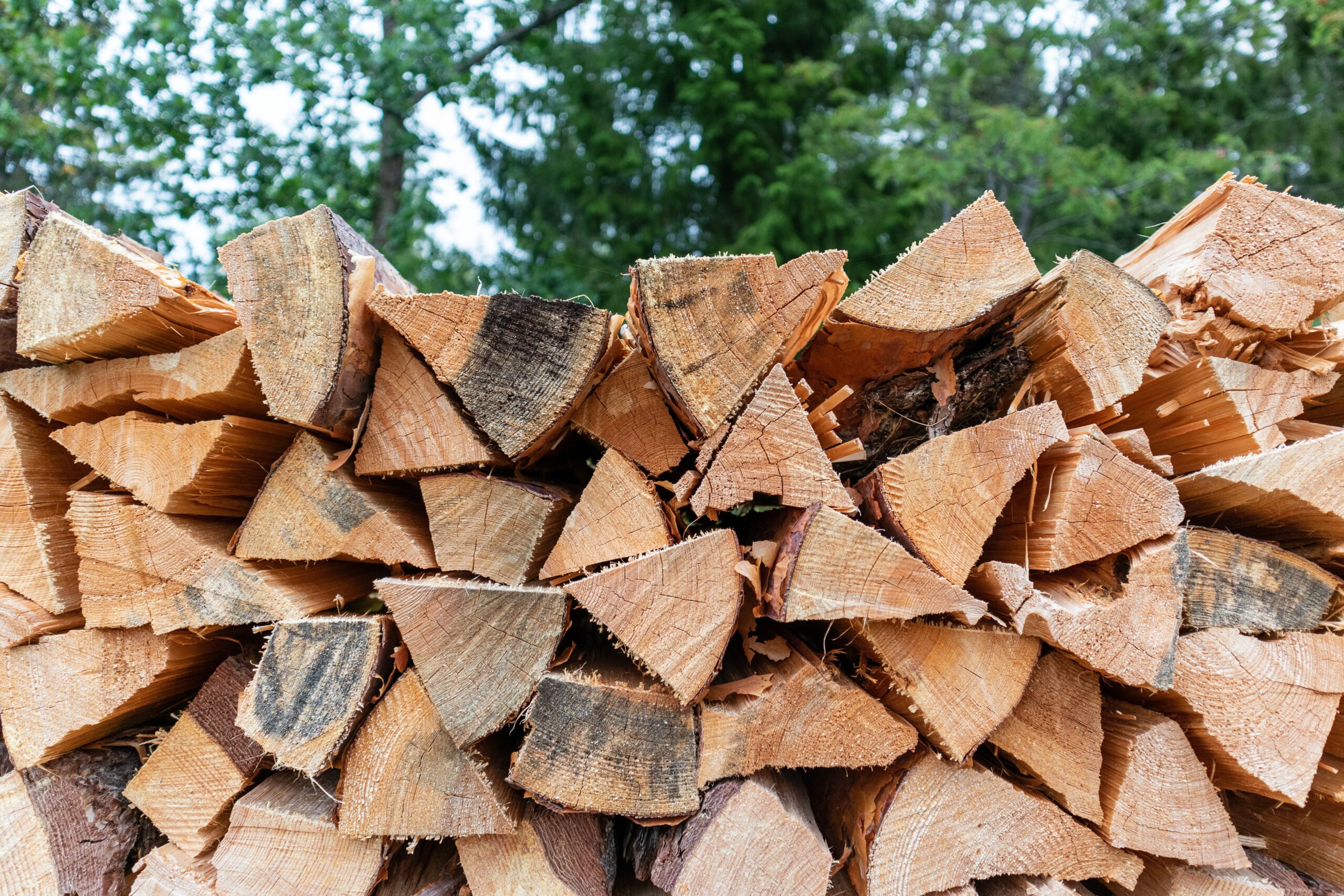
Now, a general rule is that you shouldn’t burn wood unless it has been dried out (for hardwoods like oak, the drying process takes 2 years. For softwoods like pine, this process takes one year).
The average fuel supplier will stock dry firewood which has been dried for this length of time. Wood that has been through this drying process is typically sold as ‘seasoned wood’.
It’s also possible to source wood which has been kiln dried. This process creates seasoned wood much quicker than the usual two-year drying process, but it’s normally more expensive
However, if you don’t fancy having to source wood that’s been dried for two years or paying for expensive kiln-dried wood, there’s another option open to you; use a wood moisture meter.
What is a wood moisture meter?
A wood moisture meter is a small handheld device that lets you quickly and easily measure the moisture content of a piece of wood.
Ideally, you’ll want to use wood on your fireplace that has a moisture content of 20% or less. Most wood moisture meters have a small digital display that will display the moisture content in a percentage.
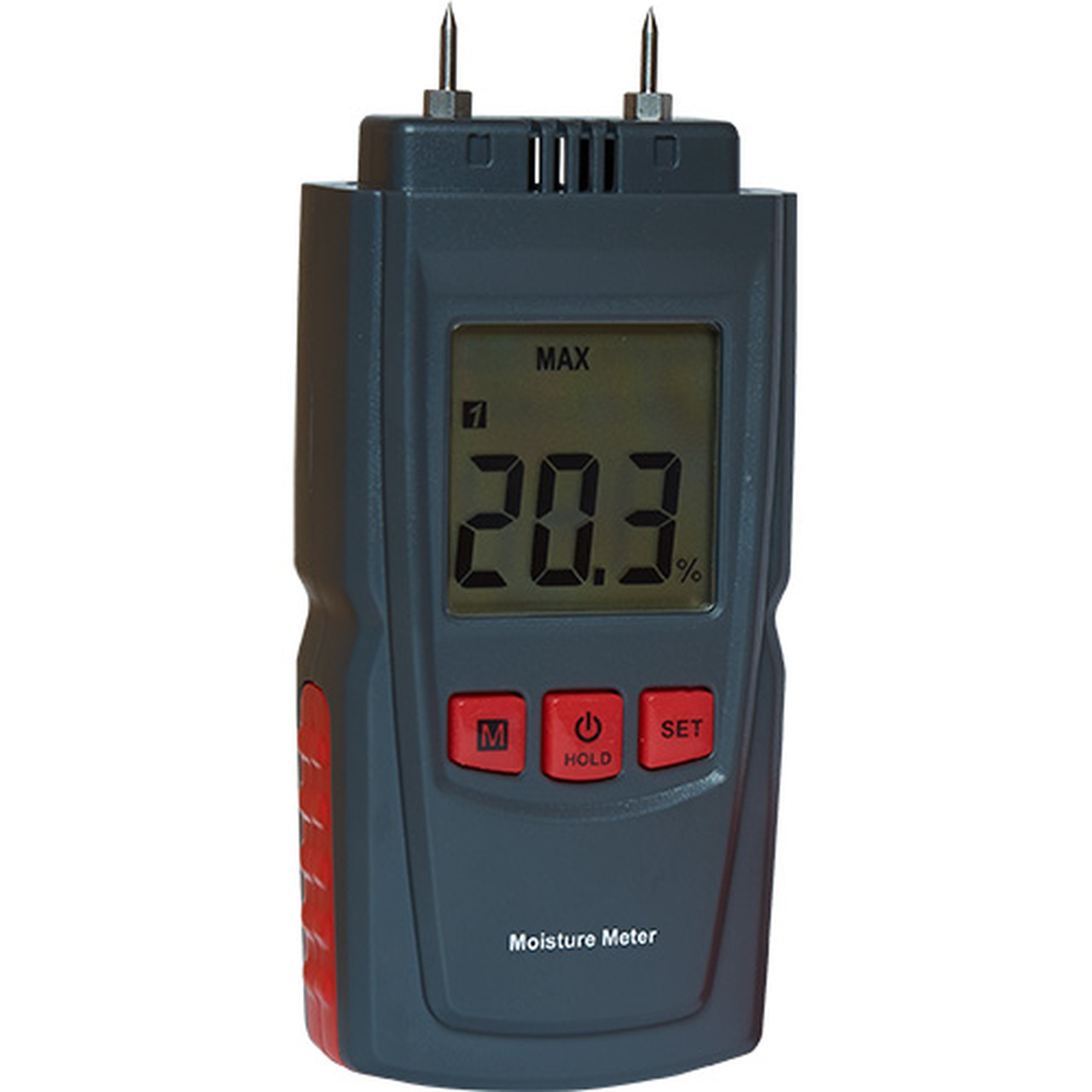
Good quality wood moisture meters are available from our partners Trade Price Flues.
Using a wood moisture meter is very straightforward. Most wood moisture meters are battery powered and feature two small metal prongs that stick out of the top of the device. To use it, simply turn it on and stick those two prongs against your chosen piece of wood. The meter should then give you a reading in the form of a percentage.
Tip - even if you buy seasoned wood, it can be worthwhile checking it with a wood moisture meter. In a test by the Tennessee Forest Products Center bags of seasoned wood were tested and found to have an average moisture content of 66% - way above the recommended 20%!
How to tell if wood is dry enough to burn on your fireplace
If you haven’t got a wood moisture meter, or you prefer to do things the low-tech, old-fashioned way, then there are a number of visual indicators you can look for that’ll tell you your wood is ready to burn:
- The wood is fairly light and sounds ‘hollow’ when knocked together.
- It’s a golden brown colour and has no hints of green or darker brown.
- The bark is peeling away or cracking slightly.
- It’s beginning to split and crack across the grain as it gets drier and drier.
Look for those things and you can be fairly certain that your wood will burn efficiently.
The ‘Ready to Burn’ legislation
Have you heard of the new Ready to Burn legislation? As of the1st May 2021, the sale of traditional house coal and wet wood has been banned. This means that any wood you now buy from a supplier must be ‘Ready to Burn’ - in other words, properly dried and seasoned wood.
The legislation has been introduced as wet wood (defined as wood with a moisture content higher than 20%) produces smoke and harmful particulate matter when burnt.
So, beyond the efficiency and heat benefits, you now have an obligation to make sure you’re burning dry wood on your fireplace.
If you want to make sure that the wood you are buying is compliant, simply look for the Ready to Burn logo on the packaging.
Using your own wood
If you intend to coppice and collect your own wood, then it’s important that you season it so it becomes sufficiently dry to be used on your fireplace.
To do this, ensure that your wood has been cut into manageable logs and is stored on a dry platform that’s raised from the ground to facilitate water runoff. You should ensure that this platform is placed under an awning or overhang to protect the wood from rain.
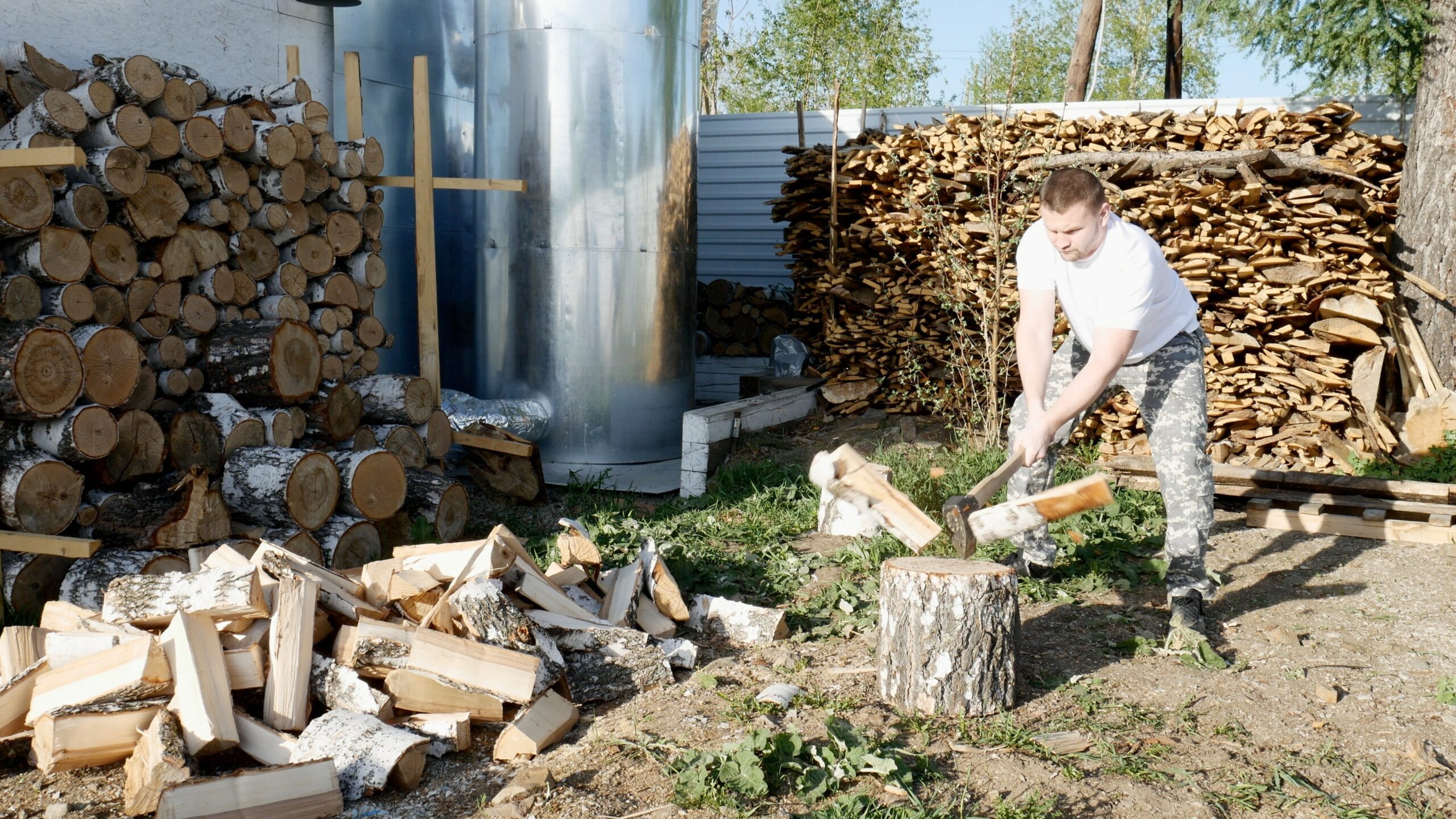
The most important part of seasoning your own wood though, is ensuring that you have an opening on at least one side of the stored wood to allow the wind and sun to dry the wood out.
Once your wood has been stored for between one and two years (depending on the type of wood), it’s ready to be used on your fireplace.
Aside from properly seasoned wood then, what else will improve the heat output and efficiency of your open fireplace? Keep reading and you’ll be surprised at what you can do to make your fire burn better...
Open the chimney damper
Many traditional fireplaces and chimneys have a chimney damper. It’s the job of a damper to seal up the chimney when it’s not in use. This prevents warm air within your home from escaping outside.
There are two main types of damper; a throat damper, and a top-mount damper.
Throat damper
A throat damper is situated at the base of your chimney, at the start of the main chimney flue cavity. The throat damper normally looks like a metal flap (a bit like the plate on a letterbox) and will be made of steel or cast iron. The opening and closing of a throat damper is usually as easy as pulling on a knob or handle which makes the throat damper swing down and close up the chimney.
Top-mount damper
Top-mount dampers do the same job as throat dampers, but sit at the top of the chimney instead. Because a top-mount damper sits at the very top of the chimney, it helps to insulate the entire chimney cavity as well as preventing birds or squirrels from getting into your chimney cavity.
Whether you have a throat damper or a top-mount damper, you should ensure that it is fully open before you attempt to start your fire.
With your chimney damper fully open, you’ll ensure that your fire has the maximum amount of oxygen that it requires to start and burn effectively.
Add a fire basket/grate to your fireplace
If you don’t already have a fire basket or grate in your fireplace then get one.
Not only will a fire basket provide you with a platform on which to build your fire, it’ll also hold everything in place, prevent logs from rolling out from the fireplace opening, and most importantly (for this article), a fire basket will make your fire burn more efficiently.
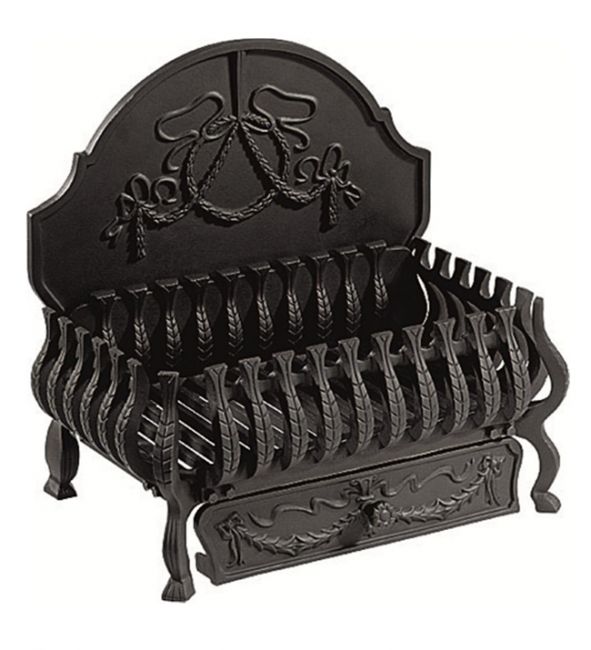
Gallery Collection Valencia 18 Inch Solid Fuel Fire Basket
A fire basket elevates your firewood off the floor slightly, allowing plenty of oxygen to reach your fire from all sides (even beneath). So, adding a fire basket will definitely make your fire burn hotter and more efficiently.
Explore our complete range of fire baskets and grates here.
Increase the height of your fire basket
If you already have a fire basket in your fireplace, then you can improve the efficiency and heat output of your fire further by raising the height of the fire basket.
By raising the height of the fire basket, you’ll be bringing the fire closer to the chimney cavity which will warm the chimney more quickly and improve draw, making the fire burn more efficiently.
Raising your fire basket is as simple as placing some old bricks underneath it (just make sure the fire basket is level once raised).
Install a fireback
Another way of improving the efficiency of your fireplace is to install a fireback.
A fireback is basically a sheet or panel of metal (traditionally cast iron) that sits behind the fire against the back wall of your fireplace. As well as protecting the brickwork of your chimney, a fireback actively reflects heat from the fire out into your living space, thus making you feel warmer.
Many firebacks will also retain heat (because of the thermal properties of cast iron) and so will continue to radiate heat into your room, even after the fire has gone out/been extinguished.
Prime your chimney before lighting your fire
Before you start piling up firewood in your fireplace, you should ensure that the air within your chimney cavity has been warmed up.
Warming up your chimney has the benefit of helping your fire to start more quickly - this is because it won’t be fighting against cold air in the chimney flue. You’ll have effectively begun the draw of the fire before you’ve lit it.
Priming your chimney is fairly straightforward and involves rolling-up several sheets of newspaper, lighting it, and holding it at the base of the chimney for a short while. This will allow warm air and smoke to begin percolating up the chimney, pushing out any damp or cold air.
Build an ash bed
As well as priming your chimney, you should ensure you have a light bed of ash in your fireplace. It doesn’t have to be a huge amount, but spreading a small amount of ash beneath your fire basket or grate helps to provide a layer of insulation against the cold floor underneath.
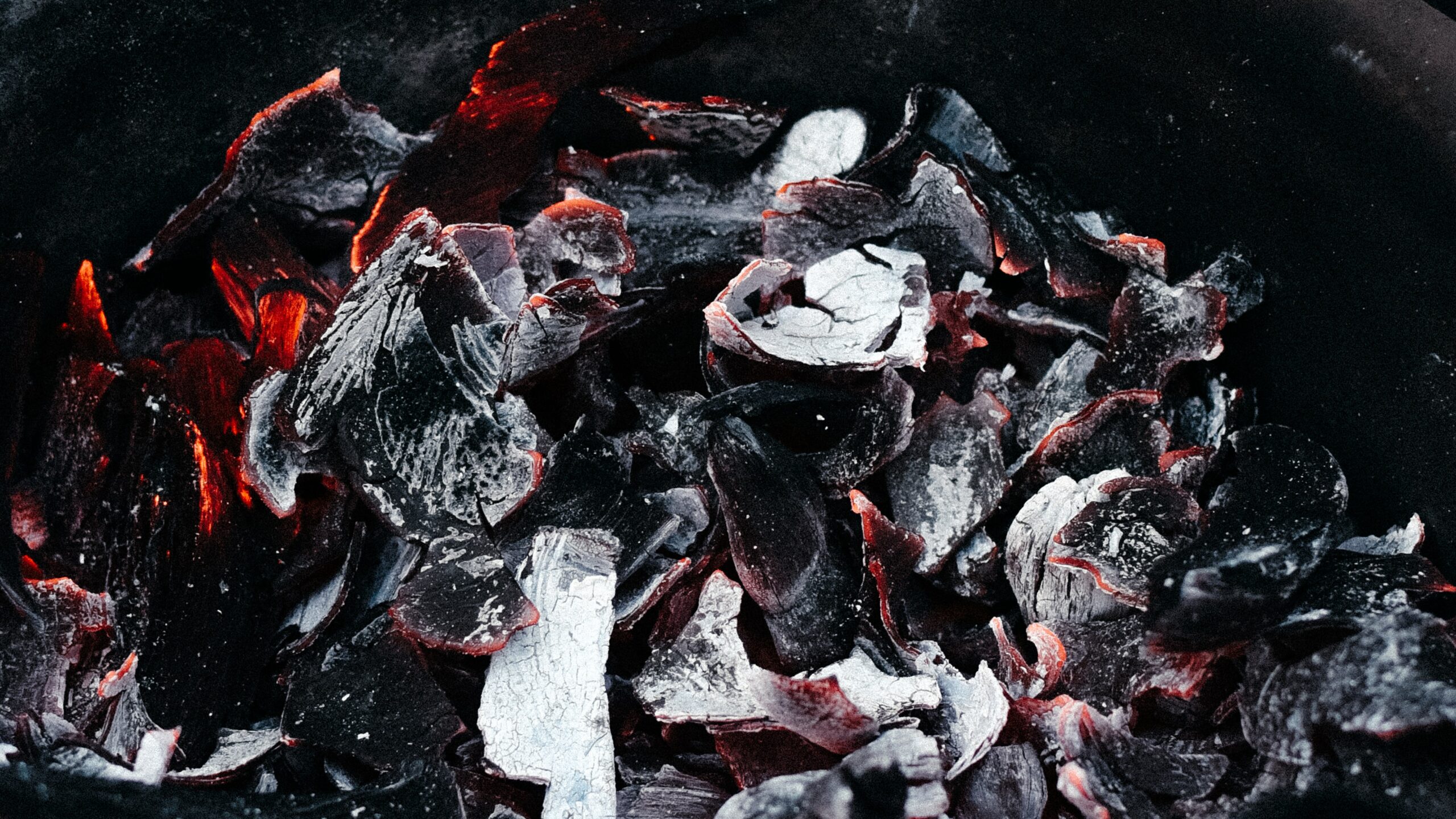
This will make it easier for your fire to ‘take’ and ignite. You should be sure to remove excess ash build up after fires, but remember to keep that thin base layer in place when cleaning your fireplace.
Build your fire in the right way
The way in which you set up your firewood in your fireplace can have a big impact on the fire’s efficiency and eventual heat output.
Obviously you don’t want to just chuck a load of logs into your fireplace haphazardly - instead, you want to build it along the following lines:
- If you have a fire basket or grate, place lightly scrunched up pieces of newspaper underneath the grate. Having a ‘carpet’ of newspaper will help all parts of your fire catch light.
- You then want to build a cone of small pieces of kindling in the very centre of your grate. The best sort of kindling is generally softwood as this catches alight quicker than hardwood. You need to ensure that the kindling isn’t packed too tightly together - leave room between each piece of kindling for airflow.
- Finally, place a few small logs atop the kindling. Once the kindling and newspaper have been alight for a sufficient length of time, these small logs will ‘take’ and begin to burn. You’ve now got a properly burning fire!
- Add logs to the fire and as when required. Keep an eye on logs that have been freshly added to the fire. You may need to adjust their position initially.
Follow those steps, and you’ll end up with a fire that burns efficiently and gives off plenty of heat.
Use hardwood logs for sustained heat
Once your fire is lit and burning, you should ideally use hardwood logs to keep the fire going.
The most common forms of hardwood are oak and ash. Because they are very dense forms of wood you’ll get more heat out of them, for longer.
Yes, they are generally more expensive than softwoods such as pine, but because of the way they burn, you’ll get better value from hardwoods - especially if you intend to leave your fire burning for long periods, such as throughout a winter day.
Use a log roller/tongs to keep the fire burning efficiently
The most efficient open fires are the ones that are actively managed.
If you want your fire to burn effectively, you should be prepared to use a log roller and/or tongs to intervene in your fire and keep it burning at its best.
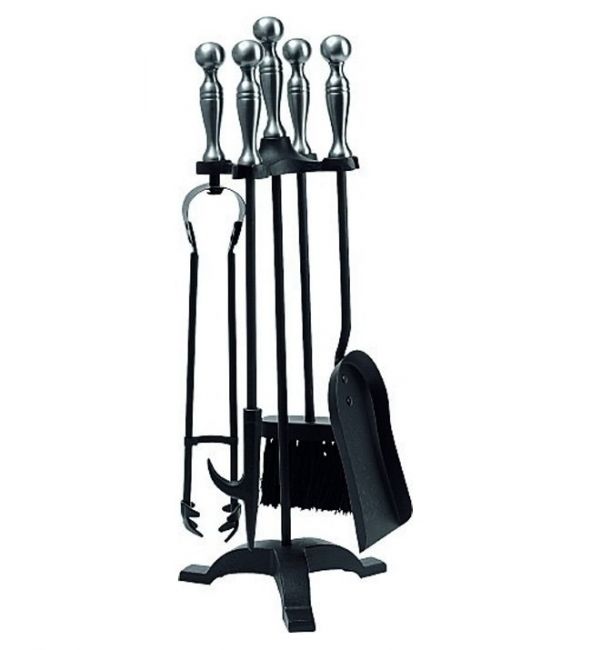
Gallery Collection Manor Companion Set
If you spot your fire dying down, add a couple of logs and then use your log roller to move them to the optimum position, so they’ll sit at the heart of the flame and burn well.
Guide - if you’re not sure what tools you need to tend to your fireplace, read our complete guide here.
Open air vents
If you have air vents in your home - and you probably do if your home was built after 1960 and has an open fireplace - open them.
Fires require a steady supply of oxygen in order to keep on burning. However, newer homes have very low air permeability (they are not very ‘leaky’ from an air perspective). Because of this, an open fire can quickly exhaust the oxygen in a room, causing chimney downdraft issues, the fire to extinguish and a whole host of other headaches.
Have your chimney swept regularly
Once you’ve been using your chimney for a while, it pays to have it swept. You should generally aim to have your chimney swept at the beginning of your burning season (early autumn).

Your chimney is the main way that smoke and combustibles are drawn away from your fire and outside your home. The chimney also plays a fundamental role in creating the ‘draw’ that makes your fire function properly.
Any blockages or build ups of soot or creosote in your chimney will impair the proper functioning of your fireplace. This is where using the correct wood pays dividends. Properly seasoned wood will give off very little creosote when burning, whereas wet or improperly treated wood can give off considerable amounts of creosote and other nasty particulate matter.
So, get your chimney swept!
If you are just burning seasoned wood on your fire, then you only need to have your chimney swept once a year.
Guide - to find out everything you need to know about chimney sweeping, read our guide here.
Boost your fireplace’s performance with Direct Fireplaces
So there you have it - our complete guide to improving the efficiency and heat output of your open fireplace. With even a few small changes or new ideas, you can improve the efficiency and heat output of your fireplace.
Shop fireplaces and surrounds at Direct Fireplaces now
Read more fireplace advice and guidance on the Direct Fireplaces blog…
Everything You Need to Know About Opening up an Old Fireplace | Tips For Cleaning Your Fireplace | What Is Involved in a Chimney Inspection and Chimney Sweep?
[related_products is_auto_added="1"]admin
Latest posts by admin (see all)
- Electric Fireplace Inserts Buying Guide - March 27, 2023
- What Types of Flueless Fires Are There? - February 23, 2023
- What Are the Best Contemporary Gas Fires? - January 17, 2023


